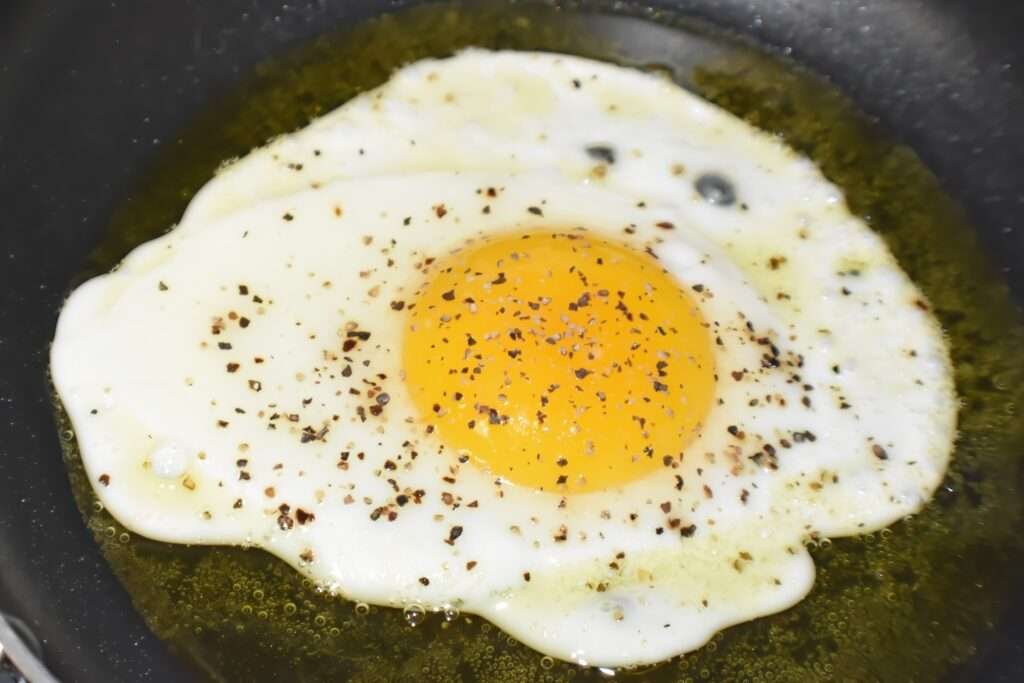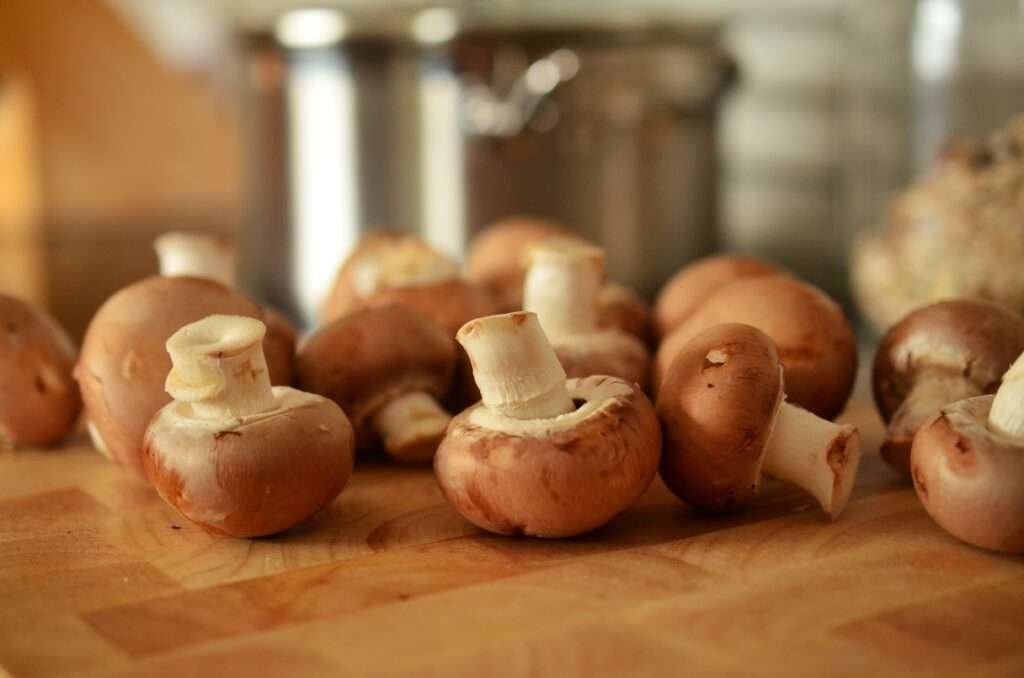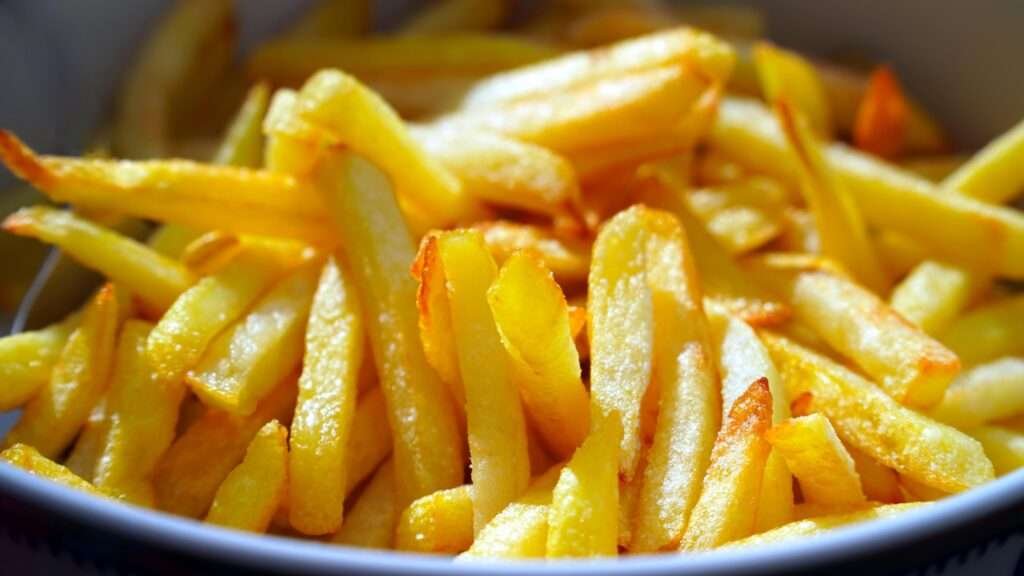In this busy day, we always try to find convenience for time-saving, especially when it comes to food. Reheating food is the easiest way to save time, which is why it’s a common practice for most people. However, reheating may not always be safe for every type of food. Some foods should never be reheated. Today’s food safety lesson will discuss foods that should not be reheated under any circumstances.
1. Rice

According to the Food Standards Agency, reheating rice can lead to food poisoning because rice contains highly resistant bacteria called Bacillus cereus. Even though heat cannot kill these bacteria, there is a chance it can produce spores with toxic characteristics. Reheated rice left at room temperature becomes a catalyst for spore multiplication. To avoid these problems, only cook or buy the quantity of rice that you can consume soon without leaving it at room temperature for hours.
2. Eggs

Eggs are renowned as a powerhouse of nutrients and are a staple ingredient in many dishes across various cuisines. However, what many people don’t realize is that reheating eggs or dishes containing eggs can potentially lead to health issues. According to the Food and Drug Administration, reheating eggs or egg-containing meals that have been left out for more than an hour or two can result in food poisoning caused by the bacteria Salmonella. Certain individuals are at a higher risk of Salmonella infection, including pregnant women, children, older adults, and those with weakened immune systems. To prevent Salmonella contamination, it’s essential to refrigerate eggs until needed, ensure eggs are cooked until the yolk is firm, and thoroughly cook egg-containing dishes.
3. Mushrooms

Mushrooms should ideally be consumed immediately after preparation. They are rich in proteins and minerals; however, reheating can lead to the further breakdown of protein compounds into non-digestible products, potentially causing digestive issues. Despite appearing unchanged after reheating, the altered composition can affect taste and diminish nutritional benefits. Additionally, repeated heating can generate toxins such as free radicals and oxidized nitrogen. If you’re compelled to store mushrooms or dishes containing them, refrigerate and consume them cold the next day to minimize potential risks.
4. Potatoes

Potatoes are indeed a common staple in many meals and often become leftovers when diners can’t finish their portions. However, leaving cooked potatoes out for too long can create an environment conducive to the growth of Clostridium botulinum, a bacteria commonly found in potatoes. This risk increases, particularly if the potatoes are tightly wrapped in foil. Reheating doesn’t always raise the temperature enough to kill this bacteria, so it’s best to avoid storing potatoes in the refrigerator for consumption the next day. This warning extends to beloved favorites like French fries.

You’re likely aware that reheating or leaving out French fries after they’ve cooled results in a loss of their delicious crispiness. But did you know that restaurants typically cook fries twice? First, they blanch them, then fry them. Reheating them essentially means subjecting them to a third cooking cycle, which can make them excessively greasy and potentially harmful to health. Different oils have varying heat tolerances, and heating them beyond safe levels can produce toxic fumes.
5. Seafood

Seafood that’s promptly frozen after being caught is generally safe for consumption at a later date. However, caution is advised with cooked or fresh seafood left out at room temperature for too long, as it may harbor bacteria that reheating won’t eliminate. The health food industry recommends discarding seafood left out for over an hour in warm weather or two hours in cooler conditions. Certain types of seafood emit a strong odor when reheated. While seafood is delightful when freshly prepared, reheating often alters its taste, making it less enjoyable. The texture can become rubbery and less pleasing. If storing leftover seafood is unavoidable, refrigerate it and serve it cold with accompaniments such as grilled vegetables.
6. Chicken and processed meat

Chicken served in restaurants and processed meats are often cooked twice, similar to the process for French fries we discussed earlier. As a result, reheating them for a third time can lead to chewy and tough texture. If you must reheat chicken, ensure it is stored below 42 °F to minimize bacterial growth. Use a cooking thermometer to confirm that all parts of the chicken reach a temperature of at least 175 °F during reheating, ensuring any harmful bacteria are eliminated. However, if you lack a cooking thermometer and are uncertain about the temperature of your lunchbox or refrigerator, reheating chicken may pose more risks than benefits.
7. Breast Milk or Formula

It’s undeniably convenient for new parents to use the microwave to reheat baby milk, especially in the middle of the night or when their child is fussy. While warming breast milk, formula, and baby food on the stove is an option, it’s crucial to avoid using the microwave, as it can pose risks to your baby’s health. According to the FDA (Food and Drug Administration), microwaves heat food unevenly, with the center being the hottest and the corners remaining cooler, potentially leading you to underestimate the food’s temperature. This uneven heating can cause burns to a baby’s sensitive throat and mouth. Additionally, reheating formula in the microwave can result in the loss of essential nutrients. To safely warm up frozen food or milk for your baby, it’s recommended to thaw it first or submerge it in hot water before heating it on the stove.
8. Spinach

Leftover spinach might not be everyone’s top choice for a snack, and there’s also a significant health concern associated with reheating this leafy green. Spinach and other vegetables with a high nitrate content can become carcinogenic when reheated. Upon reheating, nitrates convert into nitrosamines, which can impact the body’s oxygen-carrying capacity. Additionally, spinach contains high levels of iron, and multiple heating cycles may lead to iron oxidation. This process generates free radicals, which are known to contribute to various diseases, including cancer and infertility. Spinach is most nutrient-dense when consumed raw, and it loses a substantial portion of its vitamins and minerals during the reheating process.
9. Celery

Celery, like spinach, contains high levels of nitrates, making it unsafe to reheat. Reheating celery can release toxic compounds that are carcinogenic and harmful to the body. While celery is typically consumed raw, it is also used as an ingredient in various dishes such as bolognese and soup.
10. Beets

Similar to celery and spinach, beetroot is another vegetable high in nitrates and should not be reheated. Reheating beetroot can lead to the release of carcinogenic compounds, which may alter DNA in cells and contribute to cancer and other serious illnesses. If reheating meals containing beetroot is unavoidable, it’s advisable to remove the beetroot from the dish before warming it up.
Some foods are just not good the next day, both in taste and health. In addition to food, there are some other things you should never put in the microwave. Some restaurants put toothpicks into sandwiches, so make sure to remove those since sharp tips are likely to cause an electrical fire. Metal objects like cutlery or aluminum foil are also a big no when it comes to microwave heating. If you have ever felt sick after eating reheated leftover food, it is most likely caused by the reasons listed above, so make sure to be cautious in the future.
